An extractor is a mechanical device in die casting that is used to enter between the two halves of the mold after the mold is opened, clamp the casting, pull it off the ejector pins and move it out of the mold space.
After the ejector pushes the casting out of the mold, the Extractor clamps the gate and transfers the casting to the conveyor for cooling. In the fully automatic die casting process, the Extractor automatically removes the casting from the mold and places it on the conveyor.
To address extraction machine failures in die casting, conduct a systematic inspection covering mechanical, electrical, and parameter settings.
Methods for detecting faults in die casting Extractor
- Basic Checks & Operational Standards
- Pneumatic/Hydraulic System Inspection
- Electrical & Control System Debugging
- Mechanical Component Maintenance
- Comprehensive Workflow
Basic Checks & Operational Standards
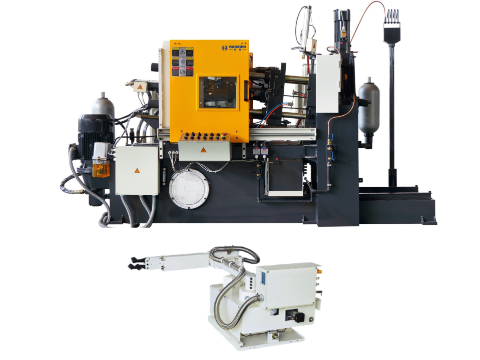
- Mechanical Collision Inspection
- If the robotic arm collides with the mold or equipment during extraction, stop the machine immediately. Verify if the arm’s motion path is misaligned (e.g., residual aluminum slag on the parting surface may alter mold opening distance).
- Ensure castings are placed sequentially in designated positions; stacking may interfere with gripping.
- Sensor & Signal Feedback
- Proximity Sensor Failure: If the arm fails to return to its origin, check for loose or damaged proximity sensors. For example, in TOYO die casting machines, incorrect calibration of sensor distance can cause signal loss.
- Infrared Sensor Alarms: Clean or adjust infrared sensors (e.g., alarms triggered by undetected filter screens).
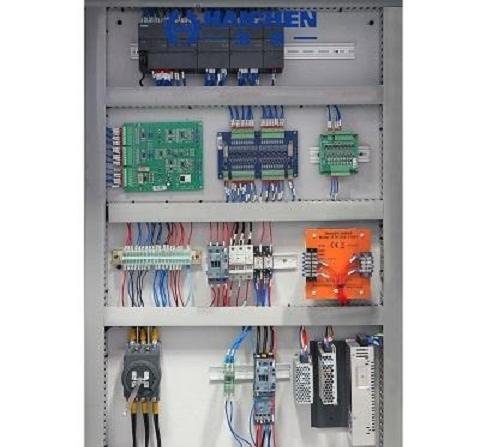
Pneumatic/Hydraulic System Inspection
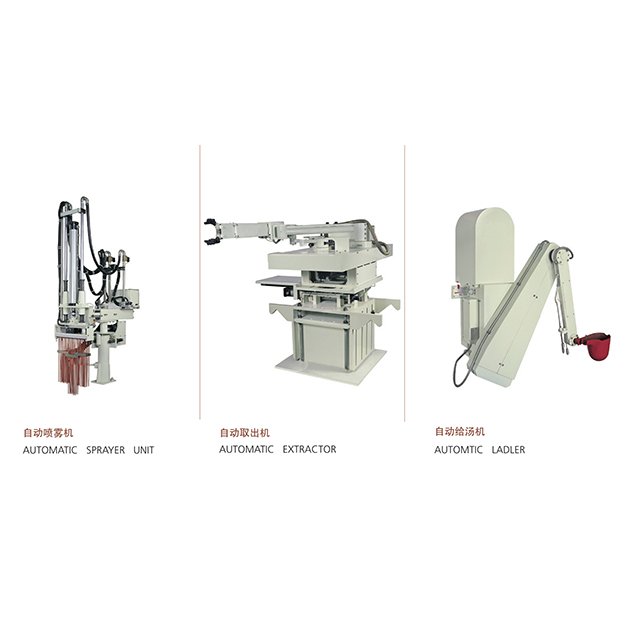
- Valve & Circuit Issues
- Stiff or unresponsive arm movements may stem from stuck solenoid valves (common in Xin Tai Ming equipment).
- Insufficient hydraulic pressure slows arm movements; check pump functionality and oil leaks (e.g., refill hydraulic oil in CSC machines).
- Clamping Parameter Impact
- Excessive clamping force or mold thermal expansion can hinder mold opening. Adjust clamping force and monitor mold temperature.
Electrical & Control System Debugging
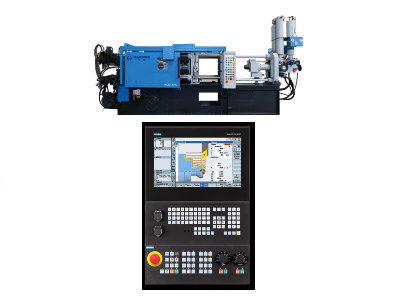
- PLC & Wiring Faults
- If the arm ignores commands, test PLC output points (e.g., wiring issues in Xin Tai Ming machines).
- For TOYO machines, reset parameters if control board settings are corrupted (e.g., abnormal mold clamping decoder values).
- Parameter Optimization
- Reduce robotic speed in the control interface if positioning errors occur (e.g., avoid overly fast manual settings for sprayers).
- Adjust the “second-stage injection time” to allow complete solidification before extraction (critical in TOYO machines).
Mechanical Component Maintenance
- Critical Part Wear
- Replace worn grippers or guide rods (e.g., lubricate TOYO machine rails if movement is stiff).
- Inspect ejector pin overtravel or proximity sensor failure if pins jam (often due to stuck oil valves).
- Mold Condition Monitoring
- Clean parting surfaces and repair worn inserts to prevent casting adhesion.
Comprehensive Workflow
- Document Symptoms: Record alarms, error codes (e.g., TOX machine “MAX” code indicates material thickness issues).
- Isolation Testing: Manually test individual functions (e.g., ejector pins, clamping in TOYO machines).
- Safety First: Always disconnect power/pneumatic sources and release residual pressure (e.g., hydraulic system depressurization).
This systematic approach resolves >90% of extraction machine issues. For complex PLC or parameter errors, contact the manufacturer’s technical support.
Types of Extractor in die casting
Extractors are critical for separating or removing castings from molds in die casting. Below are common types and their features:

- Mechanical Extractors
- Die Case Extractors
- Ejector Systems
- Claw Extractors
- Core Extractors
- Centrifugal Extractors
- Pneumatic/Hydraulic Extractors
Mechanical Extractors
- Example: Haichen 300 Series extractors, known for auto-teach adjustment, improved cycle times, and compact design (minimal floor space).
Die Case Extractors
- Structure: Uses screws and bracing pieces to connect to the die case, then applies hydraulic force (e.g., a ram) to pull it from the mold bed.
- Application: Ideal for precision extraction of complex molds.
Ejector Systems
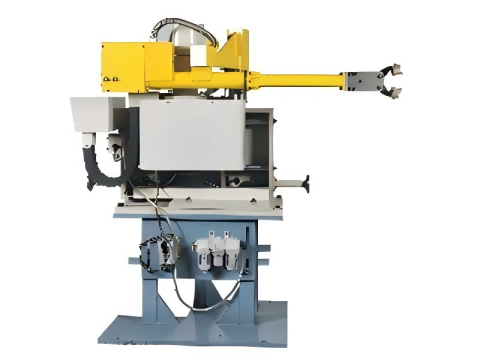
- Ejector Pins: Push the ejector die to release solidified castings from the mold cavity. A standard automated extraction method.
- Ejector Die: Works with pins to displace and separate castings.
Claw Extractors
- Types:
- Sliding Claw Extractors (e.g., Model 8220, 1.04): Adjustable claws for internal/external gripping.
- Fixed Claw Extractors (e.g., Model 8562, 1.20): Stable grip for consistent operations.
- Articulated Claw Extractors (e.g., Model 8566, 1.23): Flexible for irregular shapes.
Core Extractors
- Purpose: Remove cores (e.g., sand cores) from molds.
- Manual/Mechanical Tools: Used for digging out cores (e.g., “Extraction Core” process).
- Pull Cores: For slender cores; involves wrapping wires and sand layering.
Centrifugal Extractors
- Classification (per JB/T 7243-94):
- CSL Type (Chamber Flow Extractors): E.g., CSL 560-NA (acid-resistant steel drums).
- CLJ Type (Static Mixers): E.g., CLJ 450-J (metal-coated drums).
Pneumatic/Hydraulic Extractors
- Example: Hydraulic rams (“pulling devices”) paired with mechanical arms for high-force extraction.
Additional Classifications
- Contact-Based:
- Stage-Type Extractors (e.g., mixer-settlers for multi-phase separation).
- Differential Extractors (e.g., packed columns for continuous processes).
Key Considerations
Extractor selection depends on precision, cycle time, complexity, and cost. Hybrid systems (e.g., hydraulic + claw) are increasingly used for high-efficiency die casting.
Haichen die casting machine extractors
Haichen Die Casting Machine Extractors
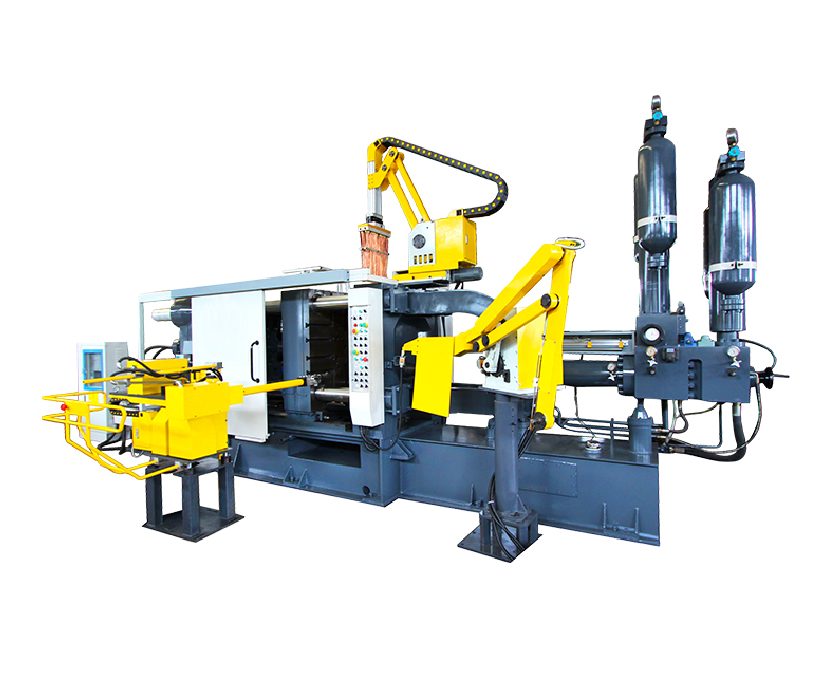
- Existence and Function
Haichen’s die-casting machines support automated production solutions, including Automatic Extractors. These extractors are part of the die-casting automation unit, designed to remove castings from molds after the die-casting process, improving efficiency and operational safety. For example, in the HCH Series (hot-chamber die-casting machines), automatic extractors are listed as optional accessories. - Integration and Customization
Haichen provides complete die-casting cell solutions, integrating die-casting machines, molds, die sprayers, extractors, robots, and auxiliary equipment. Customers can choose to include extractors based on production needs and integrate them into automated production lines. - Technical Features
- Extractors work with servo control systems and industrial robots, supporting multi-language interfaces (e.g., English, Spanish, Russian) for global users.
- Haichen’s automation systems prioritize energy efficiency, using servo-hydraulic technology to reduce energy consumption while ensuring precise and stable extraction via real-time control.
- Applications
Extractors are widely used in high-volume production scenarios requiring consistency and speed, such as:- Automotive parts (engine components, door handles),
- Consumer electronics (LED housing),
- Hardware (zinc alloy lock cores).
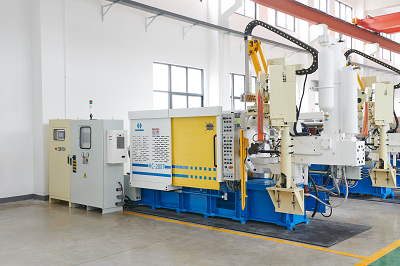
Haichen’s die-casting machines support automatic extractors as key components of their automation solutions. These extractors enhance production efficiency through precise servo control and seamless integration with robotic systems, enabling flexible customization for diverse industrial needs.



